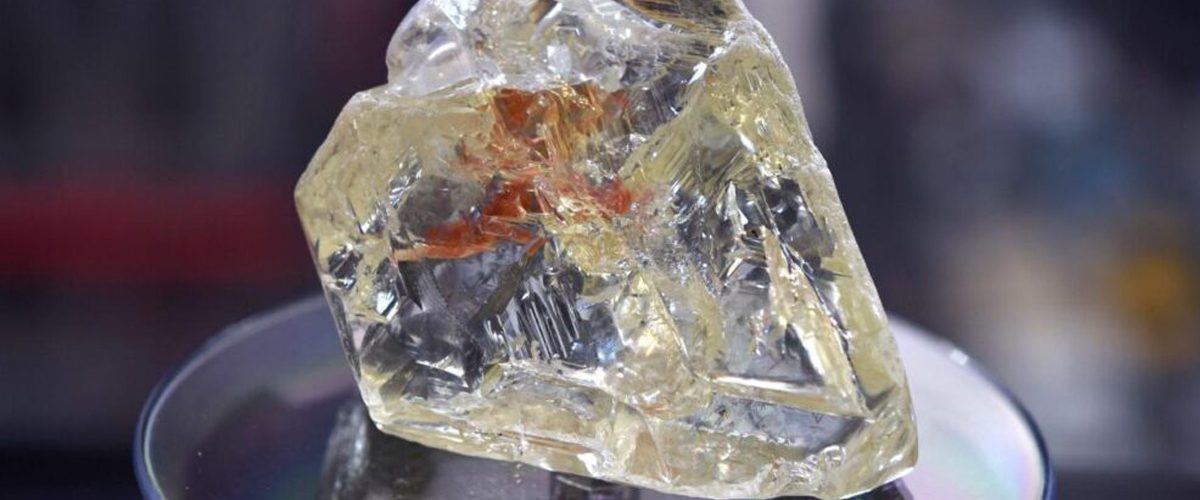Carbon is a fundamental element of life, it has a unique and indispensable role to play in human survival, our daily life, and material production. IT has lots of allotropes, like graphite, fullerene, carbon nanotube, graphene, graphene, and diamond, etc. Each has its own particular physical and chemical properties, but there’s a reason we use diamonds as the benchmark for hardness. The sparkly gemstones have the highest confirmed Vickers hardness (VH) of any natural material at around 70 gigapascals (GPa) and they’re even named after the Greek word for “invincible”.
However, a team of Chinese scientists has created glass about twice as hard as diamond. This new glass or amorphous carbon (AM-III) material has reached 113 GPa on the VH scale has a density of 3.30 g/cm3 (just like a diamond) and its Knoop Hardness is 72Gpa. Which according to author Shuangshuang Zhang could be used to create a bulletproof window 20 to 100 times stronger than today’s. Running a slither of the AM-III along the flat face of a natural diamond left a clear scoreline. That’s not all, this new material which is entire of carbon just like a diamond has shown to be an excellent semiconductor with an efficiency similar to that of silicon.
“The materials exhibit outstanding mechanical properties – comparable to crystalline diamond, and the hardness and strength of AM-III surpass any known amorphous materials,” the researchers explained in their study, published in the journal National Science Review.
The team squished spheres of carbon atoms, also known as Buckyballs, under a lot of pressure that is around, 25 gigapascals, and then baked that slush to a temperature between 1,000 – 1,200 °C. Though many believed that glass is a liquid, it is not. It’s a solid but a peculiar amorphous solid. But for this new glass, AM-III the molecular structures have no long-term order to it, meaning, they are neither as organized as in solid, nor as disorganized as in a liquid, but the molecules can still move around over time, in a long time that is. Apart from being the strongest and an excellent semiconductor, the AM-III has many properties that increase its applicability in the high-tech industry like its application as a novel photoelectric substance, which according to the researchers could be for solar energy or space-age weapons.

According to the team, “AM-III is indeed a new AM carbon material never detected and reported before,” explains the paper. “The distinct short-range order, microstructure and composition provide a unique combination of semiconducting and superior mechanical properties […] and calls-up for further experimental and theoretical exploration of the AM carbon allotropes.”
Its mass production for commercial use is still a tricky subject as it is quite tricky and expensive to make. And hopefully, in time, enough might be made to serve as a replacement for silicon transistors used in high-pressure environments. This new material is unlikely to be cheap. Ordinary glasses already have several uses and there are several options on the market, but they may not surpass the AM-III, especially if it comes to the market at an affordable price.
















Add comment